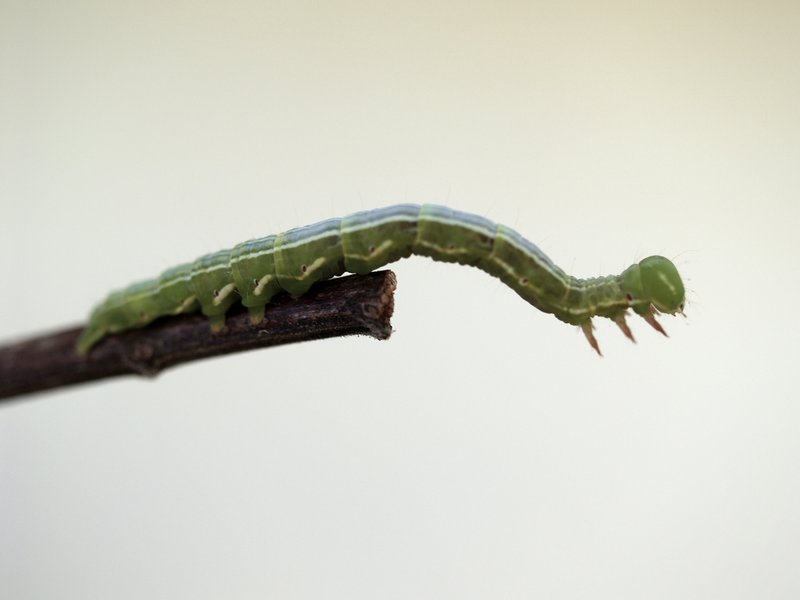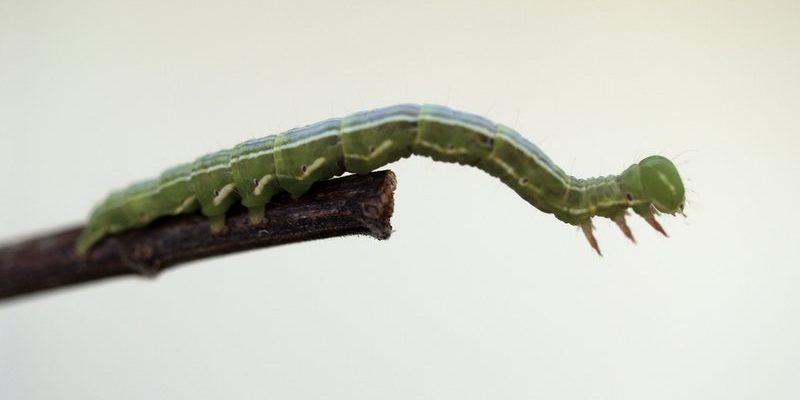
Inchworms belong to the caterpillar stage of moths in the family Geometridae. They’re often seen in gardens or forests, measuring just a few centimeters long. While they might seem like simple critters, the question of their global distribution is quite intriguing. So, let’s dig deeper and explore whether inchworms truly inhabit every continent or if they prefer certain spots on our planet.
What Exactly Is an Inchworm?
Inchworms aren’t a specific type of worm; instead, they’re the larval stage of certain moth species. Imagine tiny green or brown creatures that look like they’re measuring the distance as they move. That’s where the name “inchworm” comes from—they seem to “measure” their way along by inching forward.
Most inchworms are known for their distinctive crawling style, where they pull their hind ends up to their front ends, creating a loop-like motion. It’s almost like they’re performing a little dance on the branches! There are over a thousand species spread across the globe, each with its unique twist.
Aside from their quirky movement, inchworms play an essential role in the ecosystem. As they munch on leaves, they contribute to the life cycle of plants and help recycle nutrients back into the soil. Plus, they serve as a food source for birds and other animals.
Inchworm Habitats Around the Globe
You might be curious about where inchworms like to live. Generally, these critters thrive in wooded areas, gardens, and meadows where there’s plenty of greenery. They love to hang out on trees and shrubs, where their green or brown coloring lets them blend in nicely.
Inchworms are flexible when it comes to their preferred climates. From lush forests in temperate regions to dry woodlands, they can adapt to various environments. However, you might not see them in extremely harsh climates, such as the freezing tundra of Antarctica or the scorching deserts where vegetation is scarce.
Here’s the thing: while they thrive in many places, their distribution isn’t uniform across every continent. Some areas may have a more diverse inchworm population than others.
Are Inchworms Found on Every Continent?
Now, let’s tackle the big question: are inchworms found on every continent? The answer is a bit mixed. Inchworms can be found on many continents, but not all of them. You can spot these critters in North America, Europe, and parts of Asia.
In South America, they also occur but are less studied. Australia has some species too, although they might not be as prominent as their North American cousins. Unfortunately, inchworms are absent from Antarctica, where the extreme cold and lack of vegetation make it uninhabitable for them.
So, while inchworms have a broad presence in many regions, they haven’t made it everywhere. It’s a good reminder of how the environment shapes the living conditions for different species.
Species Variations Across Regions
One of the coolest aspects of inchworms is their diversity. Different regions host different species, each with its unique features. For example, the **Caricea asteris**, found in North America, is known for its striking green color that helps it blend in with leaves.
Meanwhile, in Europe, you might come across the **Erannis defoliaria**, also known as the winter moth. This species is particularly interesting because it can even be active during the colder months, showcasing how some inchworms have special adaptations to thrive in their environments.
In Asia, species like the **Geometridae** family members display similar but distinct traits, often differing in color and size based on their habitats. The variations in inchworms highlight how numerous factors, from climate to vegetation, influence their physical characteristics and behaviors.
Why Inchworms Matter to Ecosystems
Inchworms may be small, but their role in ecosystems is significant. They help maintain the balance by being part of the food web. Birds and small animals often rely on these little munchers as a food source during their nesting season.
Additionally, inchworms contribute to plant health. By feeding on leaves, they can help control plant growth and stimulate new leaf production, which is vital for some plants’ life cycles. Their gradual consumption can also lead to healthy, vibrant ecosystems by promoting growth and diversity.
You might be wondering how they affect the human environment. In gardens, for instance, they can sometimes be seen as pests if they overpopulate and munch away at cultivated plants. This dual role as both beneficial and potential nuisance highlights the complexity of their presence in our lives.
How Climate Change Affects Inchworm Distribution
As we think about inchworms and their habitats, it’s crucial to consider the impact of climate change. Shifts in temperature and weather patterns have the potential to alter the range of many species, including inchworms.
For instance, warmer temperatures might allow them to thrive in areas they previously couldn’t inhabit. This could lead to changes in local ecosystems as they move into new territories, potentially overwhelming native species and disrupting the delicate balance of the food web.
Conversely, species that thrive in specific climates may find it challenging to adapt to rapid changes, risking their survival. The future of inchworms and their habitats could be in jeopardy, emphasizing the importance of conservation and understanding our environment.
In conclusion, inchworms do not occupy every continent, but they are widespread in many regions around the world. Their charming movements and vital roles in ecosystems make them important creatures to observe. From North America to Europe and parts of Asia, these little critters showcase the beauty and diversity of life on Earth.
As we learn more about inchworms and their habitats, we can appreciate their impact on our environment. Understanding how various factors, including climate change, affect their distribution helps us grasp the delicate balance of our ecosystems. So the next time you spot an inchworm inching along, remember there’s a lot more to it than meets the eye!

